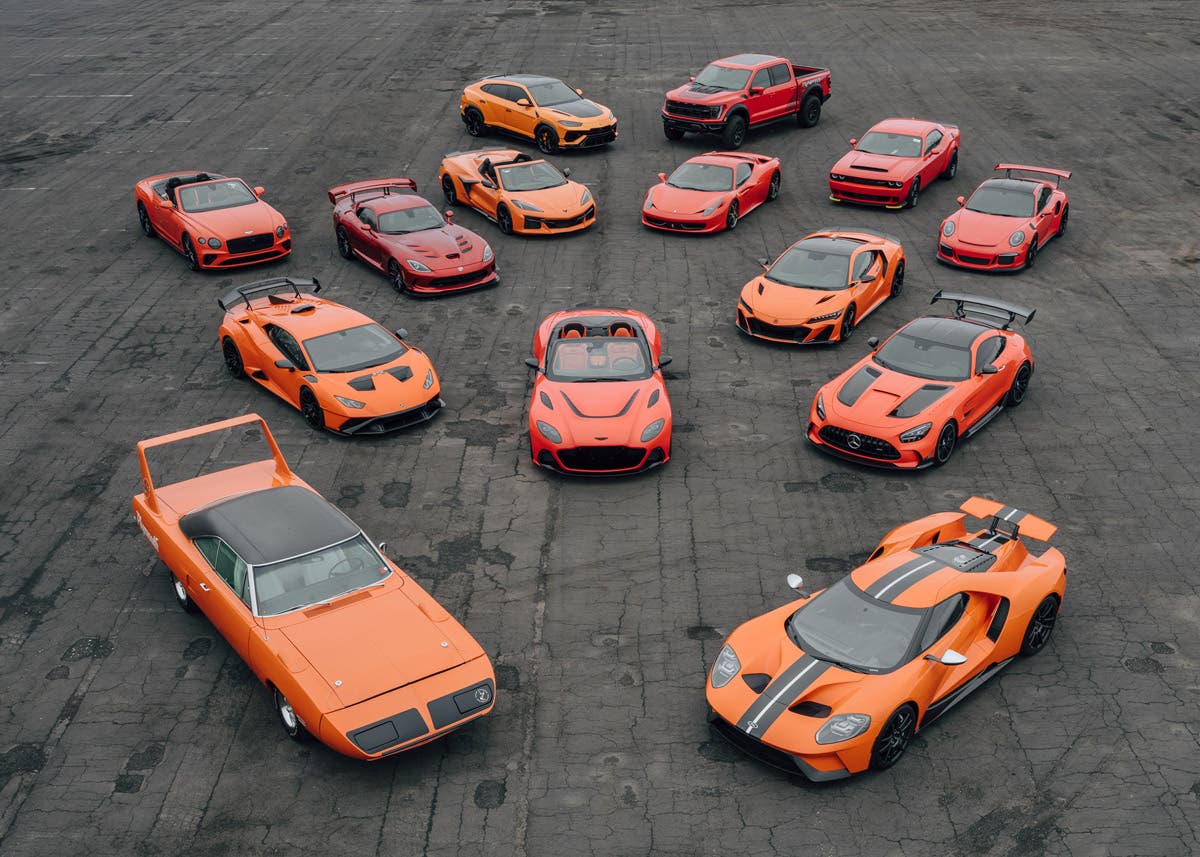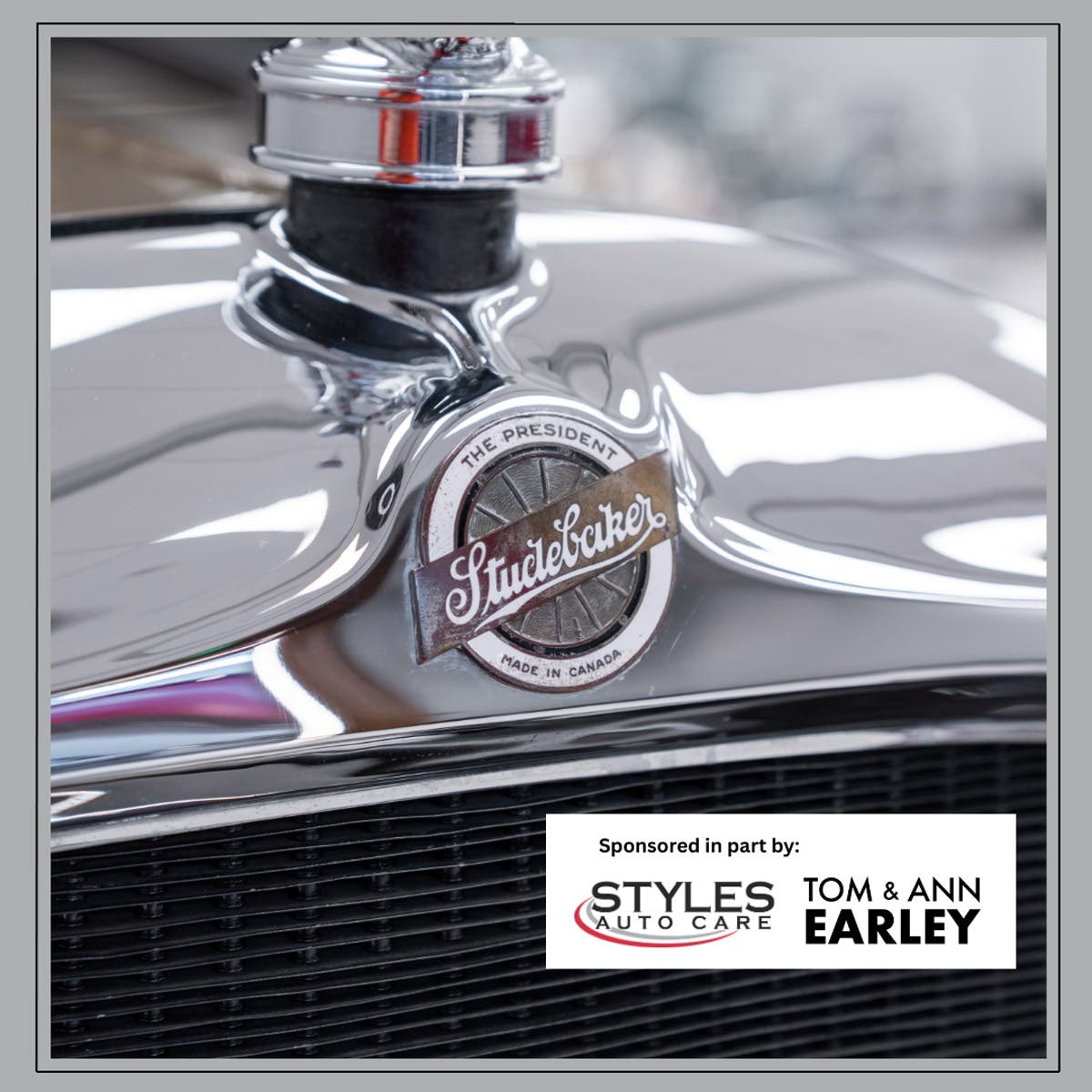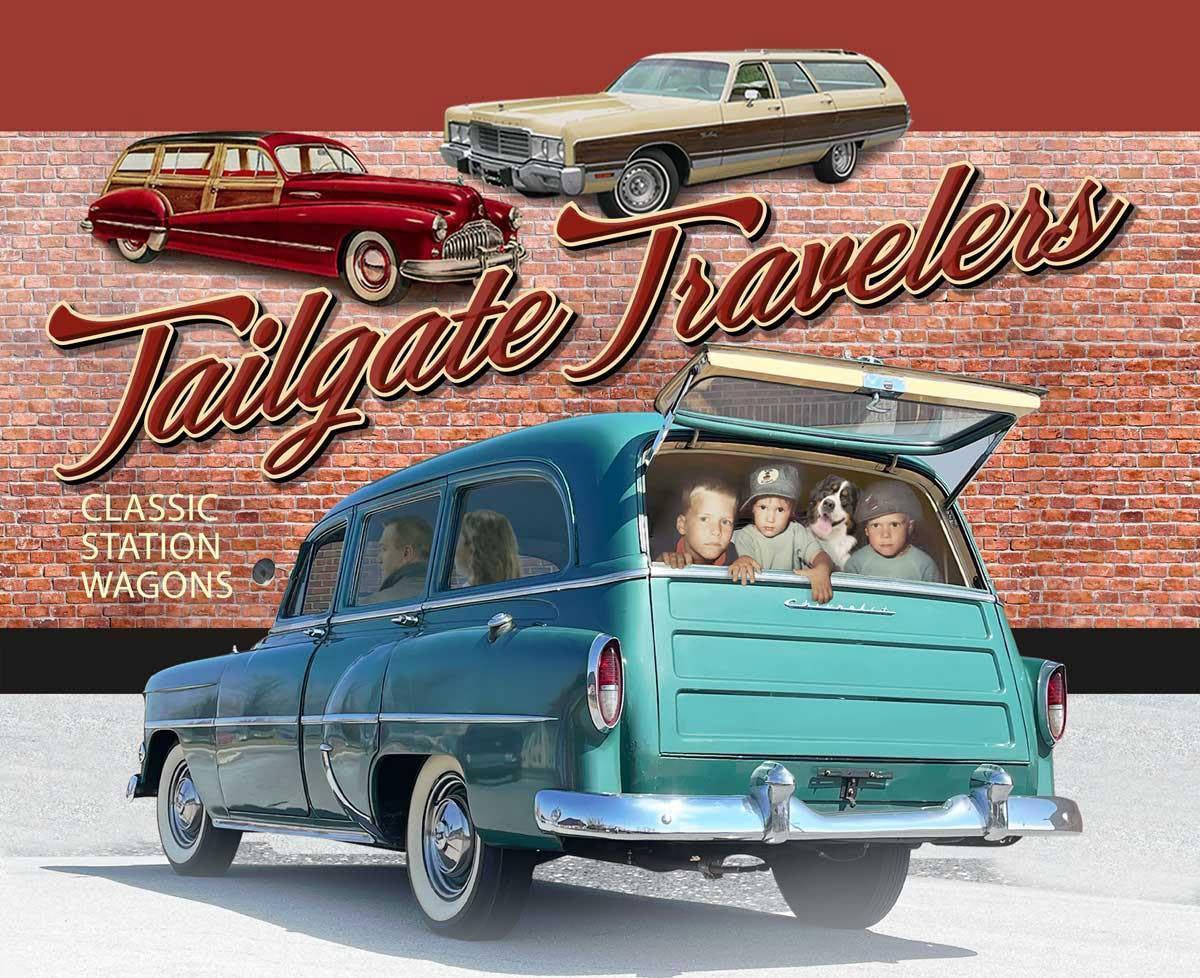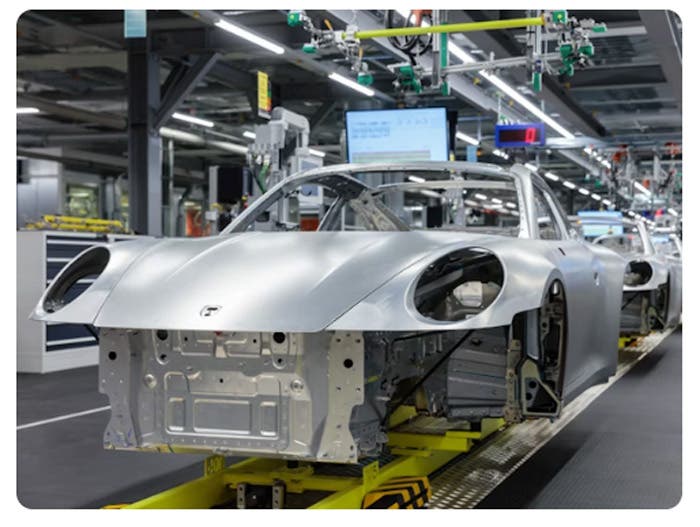My Favorite Car Museum
With apologies to all the other great collections across the country, my favorite car museum has always been the Indianapolis Motor Speedway “Hall of Fame” museum (www.indianapolismotorspeedway.com). There are bigger…
With apologies to all the other great collections across the country, my favorite car museum has always been the Indianapolis Motor Speedway “Hall of Fame” museum (www.indianapolismotorspeedway.com). There are bigger museums, there museums with more modern interactive technology and there are museums that are architectural triumphs that just bowl you over.
I grew up in Staten Island, N.Y., and in the years before I entered the old-car hobby in 1972, I visited a few car museums in New York, New Jersey and Massachusetts. They were all great. In 1973, I went to Hershey for the first time and the following year I decided to drive my Spruce Green Metallic 1953 Pontiac sedan halfway across the country to attend the Pontiac Oakland Club International (POCI) Convention in Wichita, Kan.
It was my first trip across this great land of ours. We packed the kids in the car we had bought for $175 and took two weeks to go to Wichita and back, with lots of side trips. We visited the arch in St. Louis, an historic tavern in Missouri (the night that Nixon resigned) and Washington, D.C. We went through New York, New Jersey, Pennsylvania, Ohio, Indiana, Illinois, Missouri, Kansas, Oklahoma, Kentucky, Tennessee, West Virginia and the District of Columbia.
The car was just a pretty nice old car. It leaked oil. We bought a case of 10W40 and every 100 miles we stopped, with the engine running, and dumped in a quart of oil. The only problem we encountered was a broken shock absorber. That happened the first day in Pennsylvania and cost $11.25 to fix. In Oklahoma the kids were wrestling and kicked off a show that broke a side window. We stopped in a Tennessee junkyard and took out a window in the dark.
When we went through Indianapolis we stopped at the Speedway and went to the museum. In those days it was in a little building on the west corner of 16th St. and it was filled with brass era racing cars that looked like dinosaurs. It was kind of dark, but the cars reeked of racing history and the glory days of Monmouth motorsports machines. It was if we had walked into a church to worship at the altar of speed.
We took a bus trip around the track. There was a postwar “pregnant elephant” Packard parked under the grandstand near the museum. Later, I wondered if that car belonged to track owner Tony Hulman who started the car collection or to Karl Kaiser who helped Hulman get the museum going.
The next time I visited Indy I was working for Old Cars Weekly. I started there in 1978, so the current museum was relatively new. It was put up in 1976. If I remember correctly, the trip was a visit to the swap meet held inside the Speedway back then. A man named Frank Litherland was our contact and Frank always handed out commemorative jackknives. I probably still have a few of them tucked away. Another man I met was a fellow named Jim Hogart, who would give me tours of the museum basement where other cars are stored.
Over the years, I returned to the Hall of Fame museum many times. I got to know the people who ran it. I was invited to attend one 500 Mile Race and one pace car ceremony. In 1983, the Hulman family took me out to dinner in Terre Haute. I met museum directors Jack Martin and Ralph Kramer, I met official photographer Ron McQueeney and I met track historian Donald Davidson.
In 2007, I found out that the Speedway wanted to do a book for its 100th anniversary. Old Cars Weekly’s parent company F+W Publications did a book called Writer’s Market and the Speedway had contacted them to find a publisher interested in doing the book. After some discussion of the concept, I hopped in another 1953 Pontiac—my yellow and green Custom Catalina—and barreled down to Indy to meet with Speedway official Dan Skiver. Long story short, the book got done with Indiana native Ralph Kramer doing the writing. The track supplied photos, the book sold well and Kramer later did a second Indy book.
During that 2007 trip I got to see the museum again and there was no doubt that it was still my favorite. Although the Hall of Fame building is nearly 40 years old, it is still clean and bright looking inside. Many of the cars on exhibit are newer than those I saw in 1974, but every vehicle in the place is legendary and historic. There isn’t a bad apple in the bunch. And then there are the trophies, helmets, toys and racing memorabilia displayed in brightly lit glass cases all around the walls. The Hall of Fame isn’t just a museum—it’s a national treasure!
The Hall of Fame is open 9 am-5 pm (ET) March-October, 10 am-4 pm (ET) November-February with extended hours during May. It is closed Thanksgiving Day and Christmas Day. For information phone: (317) 492-6784. The Indianapolis Motor Speedway Foundation operates the museum.








